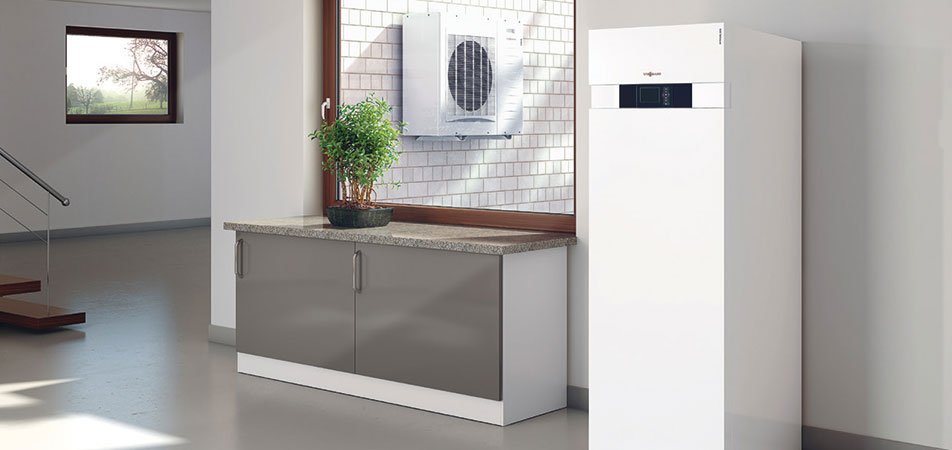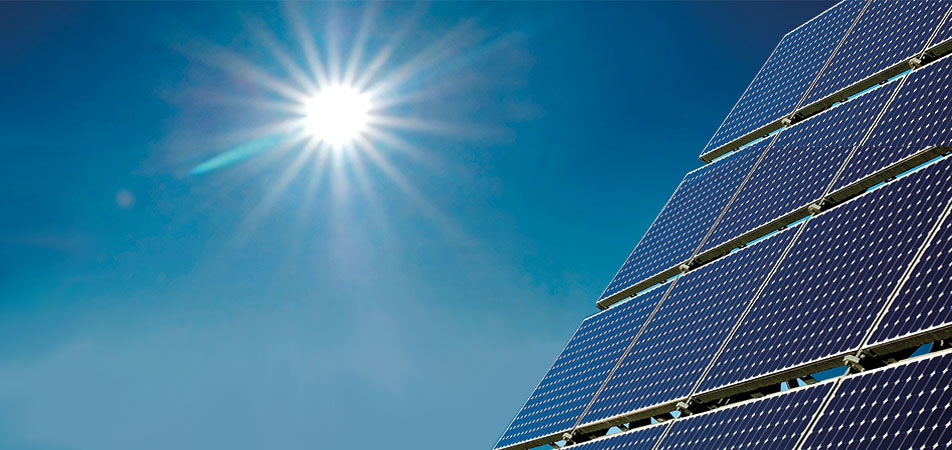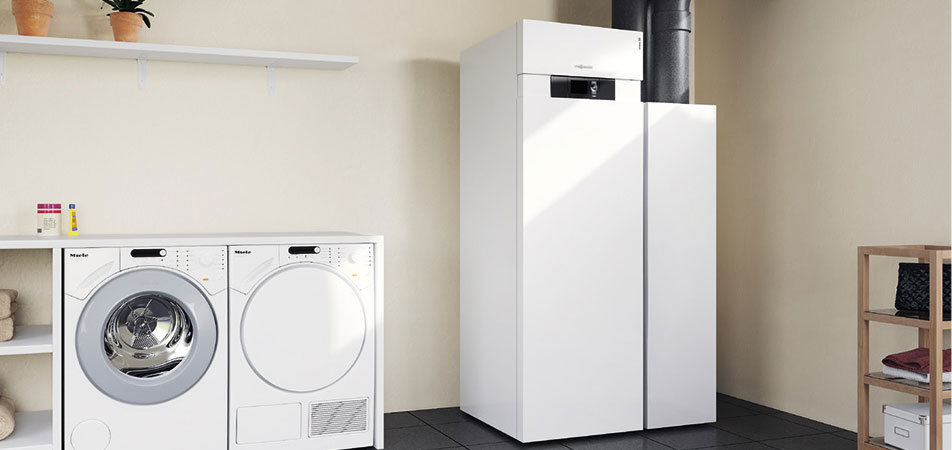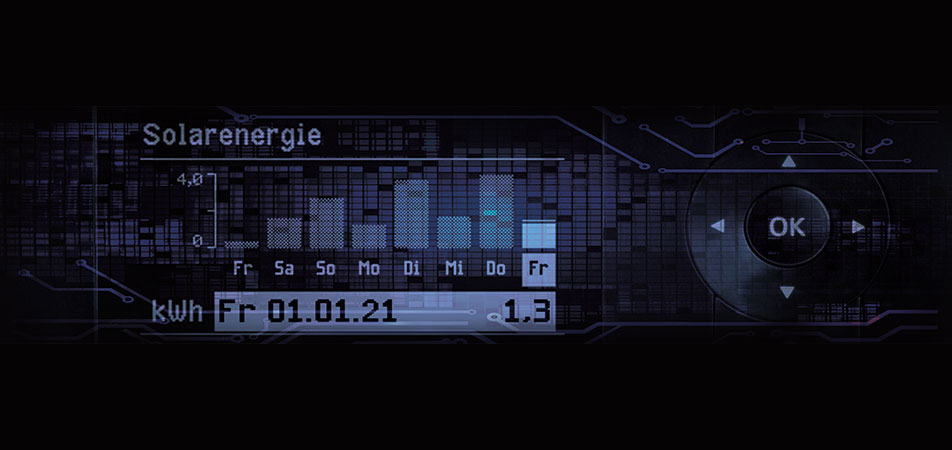VarioEnergy
Energy efficient living
Climate change is considered one of the greatest threats to humanity. It is triggered by greenhouse gas emissions (CO2). Buildings account for a significant share of the total energy demand and greenhouse gas emissions in Germany, so it is not surprising that this is a focus of German climate protection policy.
The construction of a plus-energy house always requires individual energy planning for a building. Therefore, a detailed planning discussion with a VarioSelf consultant is the basic requirement for the success of such a project.
VarioEnergy - There is a plus energy house in every VarioSelf house...
When it comes to energy-efficient buildings, a wide variety of terms and designations can be found: low-energy house or lowest-energy house, balanced zero-energy house or plus-energy house, passive house or KfW efficiency house in different gradations. Buildings built according to the VarioEnergy system are houses that have a positive energy balance, i.e. they produce more energy than is supplied from outside.
Every single VarioSelf house, whether individually planned or based on a floor plan suggestion from our catalogs, can be built according to the VarioEnergy system and thus achieve an energy standard that not only far exceeds the current requirements (EnEV 2014 and 2016), but also already meets the requirements of the EU building guidelines for 2021.
The VarioEngergy concept is based on three pillars
| Optimized energetic building envelope |
|---|
| State-of-the-art plastic windows with triple glazing Ug 0.4 W/m2*k |
| Optimization of the insulation of the outer shell and roof |
| Solid expanded clay walls |
| Undersole insulation |
| Airtightness of the building envelope with certificate |
| Optimized system-wide building technology |
|---|
| Use of clean and CO2-neutral energy sources |
| Central apartment ventilation with heat recovery |
| Heat pump (air/water) |
| Photovoltaic system |
| Central control technology |
| Optimization of energy requirements |
|---|
| Shading systems for summer heat protection (reduction in cooling requirements) |
| Favorable building orientation |
| Use of solar heat gains through window surfaces |
| Building details with reduced thermal bridges |

Heating (and cooling) with free renewable energy
As a homeowner, you can be annoyed by the ever-increasing prices of fossil fuels or become independent with the VarioEnergy system, relying on state-of-the-art, sophisticated technology. When it comes to combining heating cost savings and environmental responsibility, heat pump heating is the first choice because the energy used is provided by nature in an unlimited and free manner.
Heat pumps have a simple but effective principle, comparable to the function of a refrigerator - only in reverse. With a refrigerator, the heat is transferred from the inside to the outside; a heat pump transfers heat from the air or the ground into the living room via the heating system. To increase the temperature, the vapor of a refrigerant is compressed so that it is high enough for heating and drinking water.
Become your own energy supplier
The sun radiates the annual energy needs of the entire world's population onto the earth in less than four hours - completely free of charge. Today, a powerful photovoltaic system offers every homeowner the opportunity to use free solar energy profitably. Anyone who produces their own electricity receives a guaranteed remuneration from their network operator over a period of 20 years; this is bindingly regulated in the Renewable Energy Sources Act (EEG).
Every house equipped with the VarioEnergy system produces its own electricity thanks to the integrated photovoltaic system. The highest quality is also used here: Viessmann's high-performance Vitovolt 200 solar modules are designed for decades of operation, work absolutely reliably thanks to their simple functional principle and are practically maintenance-free.


Controlled ventilation with heat recovery
DIN 1946-6 requires the creation of a ventilation concept to protect against moisture; EnEV prescribes a minimum air change with regard to health and hygiene. However, the required air exchange is difficult to achieve through window ventilation, as this would require cross-ventilation every 2 hours. This frequency may be difficult to achieve, and not just for working people.
The VarioEnergy system therefore relies on a modern ventilation system with heat recovery. The VITOVENT 300-F residential ventilation system from Viessmann achieves up to 97 percent heat recovery: the system recovers the heat contained in the exhaust air, at the same time heats the incoming outside air and continuously and fully automatically ensures clean and filtered fresh air. Noise from open windows and pollen pollution are now a thing of the past. Incorrect operation excluded!
Intelligent system control included
The prerequisite for optimal interaction between the heat pump and the photovoltaic system is sophisticated control technology. With the Vitotronic 200 WO1C from Viessmann, the VarioEnergy system has a control system that was specifically developed for the interaction of the system components photovoltaic system and heat pump.
The heat pump control uses an energy meter to determine whether the photovoltaic system supplies sufficient electricity; the heat pump then heats the heating or drinking water or cools the building. The heat generated in this way during the day using photovoltaics is then available in the well-insulated hot water tank as drinking hot water and for room heating when it is needed.

